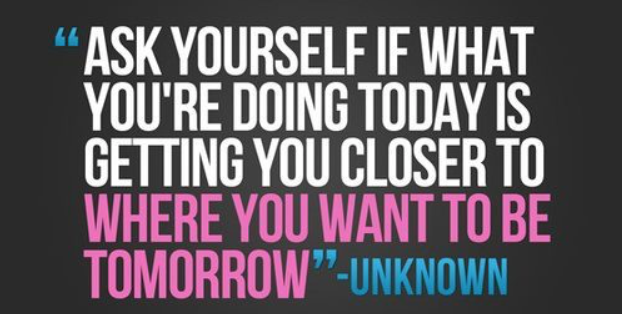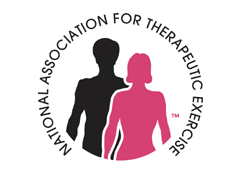
The idea that sitting can be harmful to your health seems pretty ridiculous at first thought. Right? I mean how could something so harmless as “sitting“ hurt you?
The problem here is that our modern world has become way too “chair-based.” Humans spend way too much time sitting, and we are only now beginning to realize how bad it is for health. We sit in our cars, on buses, on subways, at work, in front of TV’s, on airplanes, etc. That’s not to say you should never sit down and relax, it’s just that you should try to minimize the time you spend sitting during your day.
Did you know that according to a study published in 2013 by the Mayo Clinic, neck and back pain is the third most common cause of doctor visits in the United States?

Many back pain sufferers struggle with what’s causing their back pain, not realizing that the 8 hours or more they spend sitting during their day could be the real culprit for their discomfort. Minimizing sedentary time is just as important for health as diet and regular exercise.
On that same note, exercising for 60 minutes a day so you can sit or lie down for the other 23 hours in your day isn’t going to cut it either (most people don’t even exercise 3-4 times a week). Just like you can’t outrun a bad diet, and you can’t out-exercise a sedentary lifestyle by working out 3 to 4 times a week for 60 minutes. As one of my strength and conditioning coach always used to say to me, “calories in, calories out…now you do the math“. The same formula goes for “undoing” hours of sitting.

What happens to your muscles when you sit for long periods of time?
Weaken Legs and Hips: If you don’t use them, you lose these powerful stabilizers of your pelvis and hips. By sitting all day, you’re not using your powerful lower body muscles. (these are also the muscles needed to hold you up). Sitting for periods of time causes atrophy, which weakens muscles. Without these key stabilizing muscles your body base (pelvis and legs), your body becomes at risk for injury.
Tight Hips and Bad Back: Just like your leg and hips, your back will also suffer from sitting too much. When the muscles that are the support team for your pelvis are weakened, then your seated posture gets hurt. What does your spine rest upon? Oh yeah, your pelvis. Especially if you have existing bad posture or you do not have an ergonomic work area. This poor posture when sitting causes uneven compression on the discs in your spine and then this can lead to things like “premature disc degeneration” which is usually accompanied by chronic pain.
Stiff Shoulders and Neck: As with legs, hips, back…you shoulders and neck will most likely be negatively impacted and suffer from sitting. This is especially true if you’re hunched over looking at a computer screen, tablet or phone.
Anxiety and Depression: Lesser understood than the above listed physical side effects are the mental ones. Anxiety and depression issues are higher in people who sit the most. Now these conditions could also be due to the experiencing of chronic pain and weight gain too. We all have heard how exercise helps keep our brain fit (British Journal of Sports Medicine).
Heart Disease: Yes, sitting can potentially hurt your heart. One study has found that men who spent more than 23 hours per week watching TV had a 64% greater risk of dying of cardiovascular disease than men who only watch 11 hours. A recent government study even found that people who sit more have a 147% higher risk of suffering from a heart attack or stroke.

The bottom line is that our bodies were meant to move. More than half of us spend over six hours a day sitting down each day. Your widening rear end isn’t the only side effect of lifestyle choices. Sitting has both short term and long-term side effects on your body. All of which make this seemingly “harmless” activity potentially deadly.
So, do your own math…exactly how many hours of your day do you spend sitting?

Cheers, drock

Want to learn more about improving your functional movement and sports performance? Then follow Dianne on her blog https://dtasmblog.wordpress.com
Dianne Rockefeller is a Athletic Performance Therapist, Licensed Massage Therapist, Certified Muscle Activation Specialist, MAT Certified Jumpstart Trainer, National Academy of Sports Medicine – Certified Personal Trainer, Certified Orthopedic Manual Therapist, Certified Myoskeletal Therapist, Certified Kinesio Taping Practitioner, and Certified Cupping Therapist. She treats athletes of all levels, from youth to professional, ALL sports. She brings a very unique perspective to manual therapy utilizing her experience with motion analysis and sport. Her blend of advanced integrated skills along with practical and rehabilitation experience deliver exceptional results. Dianne is a self-proclaimed scholar of “Applied Sports Performance Therapies”. Contact Dianne at drock@dtasm.com or 210-973-4848.







